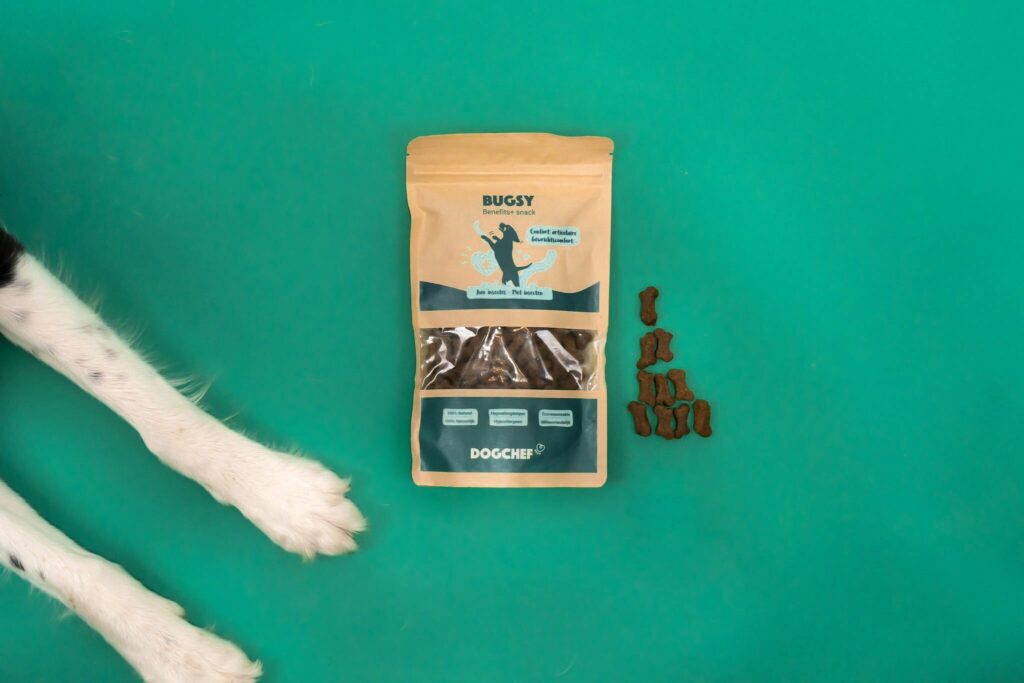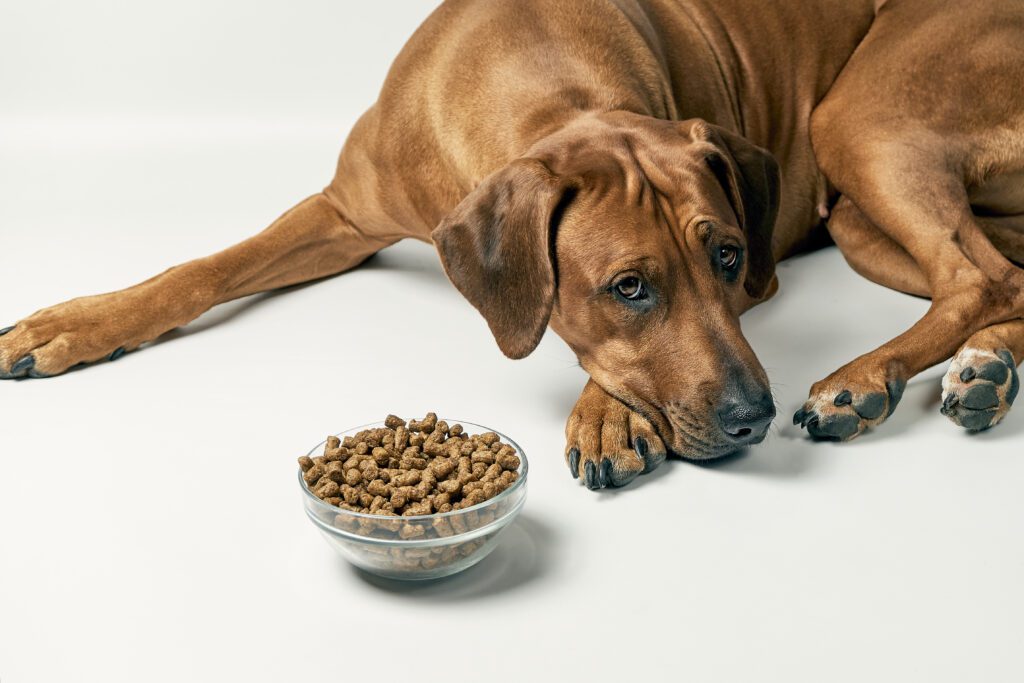Are tomatoes safe for dogs? Some say yes, some say no. Opinions are divided, but there’s a reason. After all, you need to consider some guidelines before serving a tomato to your dog. Tomatoes contain both healthy and unhealthy ingredients for your four-legged friend. Can you safely feed your dog a tomato? You’ll find the answer right here!
Tomatoes are packed with healthy nutrients for your dog. You will find all of them in our list below. Make sure to only serve plain, ripe tomatoes that are free of leaves and stems. You’ll discover why later in this article.
The amount of potassium in the tomato lowers your dog’s blood pressure when it risks being too high. It also ensures that stimuli are passed on smoothly in the nervous system giving the muscles the opportunity to know when to contract in time so your dog moves smoothly.
Vitamin C ensures healthy muscles and joints and provides a strong resistance. It also allows your dog’s skin to heal faster in case he injures himself.
Tomatoes are rich in vitamin K, a lesser-known yet very high-quality vitamin. Dogs require vitamin K for blood coagulation and the vitamin also plays a part in the formation of bone structures.
The nutritional fibres in tomatoes ensure proper intestinal function and promote smooth bowel movements.
Tomatoes are bursting with lycopene, a substance that significantly reduces the risk of cardiovascular disease in dogs.
Several substances in tomatoes are highly poisonous to your dog:
The tomato plant is part of the nightshade family, as are potatoes, eggplants and bell peppers. Parts of plants belonging to the night shade family hold substances which become toxic in large quantities: solanine can cause your dog to start vomiting, suffer from diarrhoea or numbness or even end up in a coma. However, the highest concentration of solanine is found within the green, unripe parts of the tomato and in the stem and the leaves of the plant, not so much in the fruit.
Besides solanine, tomatoes also contain tomatine. The riper the tomato, the fewer tomatine present. That’s a good thing, because tomatine can become fatal to dogs when the doses get too high. We cannot emphasize it enough: make sure you choose ripe tomatoes to serve to your dog.
Tomatoes also carry another harmful substance called atropine. Consuming too much atropine can rapidly lead to cardiac arrhythmia or stroke. As with solanine, the danger lies mainly in the stem and leaves of the tomato plant and in unripe tomatoes.
The answer is yes but. Yes but it is important to know that you should only serve a small amount of ripe tomatoes to benefit your dog’s health. The harmful substances (tomatine, atropine and solanine) are mainly found in unripe tomatoes and in the stem and leaves of the tomato plant. So never share an unripe tomato with your dog and don’t even think about letting him eat the tomato plant.
The recommended amount of tomatoes your dog can eat depends on 4 factors:
We recommend you to start with a whole tomato for a giant-breed dog, half a tomato for a medium-sized dog and a quarter for a small dog.
Then we will reveal some tricks to limit the amount of ingested harmful substances without denying him his favourite snack:
1. Make sure that the tomato is well ripe, also on the inside. Do not feed tomatoes whose insides or seeds are still green.
2. Boil the tomato before feeding it to your dog. During cooking, a large part of the solanine and tomatine gets lost.
3. Take off the skin, as this contains the largest amount of solanine. The skin of a cooked tomato easily loosens.
4. Choose large tomatoes. Don’t feel like boiling and unpeeling the tomatoes? Then give preference to feed them pieces of a large tomato. Small tomatoes such as cherry tomatoes contain 4 times more skin than larger tomatoes.
Do not panic when you found out that your dog accidently ate unripe tomatoes or parts of the tomato plant. Chances are that he will get away with some stomach ache and will learn to adjust his eating habits on his own. Does he continue to feast on your tomato plants? Then it’s better to put them in a place he can’t reach, such as a closed greenhouse.
Eating too many tomatoes, unripe tomatoes or parts of the plant can make your dog feel very sick. Is your dog showing one or more signs of poisoning? Please contact your vet immediately.
Possible signs of solanine poisoning are:
Dogs with sensitive stomachs sometimes experience stomach pains from eating tomatoes. That’s because tomatoes are fairly acidic, which can irritate your dog’s intestines. If you notice that your dog is suffering after eating tomatoes, it is advisable to eliminate them from his diet.
It is important to analyse the behaviour of your dog and recognize the symptoms to check whether your dog digests tomato well. Possible symptoms of abdominal pain in dogs include:
Does your dog indulge to snack a tomato every now and then or did he have negative experiences with it? Please let us know in the comments!



Votre navigateur est obsolète!
Mettez à jour votre navigateur pour afficher correctement ce site Web. Download Google Chrome